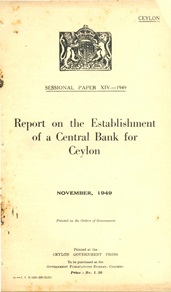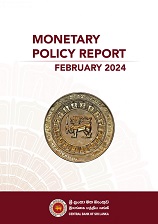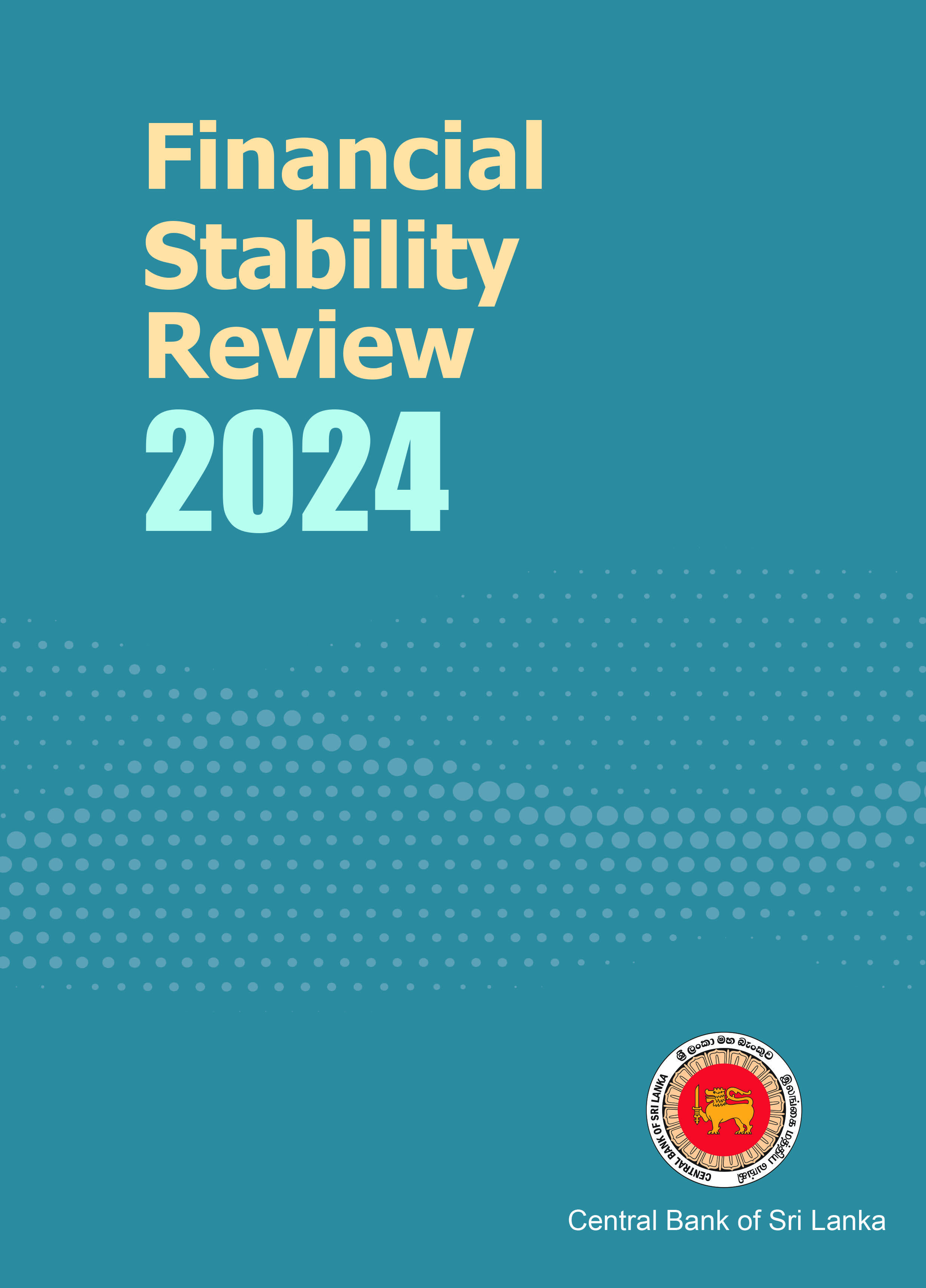Public Debt Management
In terms of Section 113 of the Monetary Law Act, the Central Bank of Sri Lanka (CBSL) is responsible for the management of the public debt as the agent of the Government of Sri Lanka (GOSL). Accordingly, on behalf of GOSL, the Public Debt Department (PDD) of CBSL issues debt instruments and manages the servicing of domestic and foreign debt and obtaining loans from the foreign sources.
The objective of debt management is to ensure that the government’s financing needs are met at the lowest possible cost consistent with a prudent degree of risk, and developing and strengthening the government securities market, while enhancing efficiency and maintaining stability. The objective in government debt management shall be achieved through:
1. Minimise the direct and indirect costs of public debt in the long-term.
2. Avoid volatility in debt service cost and guarantee a balanced distribution
3. Prevent an excessive concentration on redemption payments
4. Avoid refinancing risk
5. Promote the efficient functioning of the domestic Government securities market
6. Accurately service Government debt on time
Overview of Public Debt Management Policy
Domestic debt management policy is decided by the Domestic Debt Management Committee comprising senior officials of the Ministry of Finance and the CBSL. The Committee meets monthly, and a market-based strategy is followed by considering market conditions, market appetite, monetary developments, inflation, government cash flow needs, the maturity profile, risks in the debt portfolio, etc. Annual and monthly borrowing plans that are prepared based on this strategy are implemented by the Front Office of the PDD.
Key instruments available for raising resources are Treasury bills (91, 182 and 364-day maturity i.e. standard maturities issued at primary auctions) and Treasury bonds (2-30 year maturity). The institutional mechanism used to issue Government debt securities is the primary dealer system. The primary issues are accessible to primary dealers in Government securities appointed by the CBSL. Primary auctions are conducted by calling bids through the electronic bidding facility introduced by the CBSL.
Domestic debt management strategy mainly focuses on:
(a) Raising adequate resources to meet the cash flow needs of the Government at the minimum cost, by developing a broad funding and investor base.
(b) Maintaining a title registry for Government securities which is known as the Central Depository System (CDS) and ensure all Government securities transactions are recorded in the CDS with 100% accuracy.
(c) Servicing of debt obligations, both domestic and foreign, on time.
(d) Maintaining the risk of the debt portfolio at an acceptable level, while assuring proper trade-off between short-term and long-term debt.
(e) Promoting a well-functioning debt securities market through building up of a long-term yield curve and benchmark securities, supply of adequate securities to the market and strengthening the institutional and legal framework.
(f) Advising the Ministry of Finance of the appropriate debt management strategy, taking into account the prevailing macroeconomic and market conditions.
(g) Developing the technological infrastructure to facilitate the public debt management and maintaining and upgrading the same.
An effective mechanism is in place to monitor and service payment obligations on time. The monthly debt forecasts are prepared by the Middle Office of PDD.
Since 2004, settlement and service of domestic debt obligations are made through a Scripless Securities Settlement System (SSSS) and a Real Time Gross Settlement System (RTGS). The customer interest is ensured by maintaining all records relating to trading of scripless Government securities in an electronic title registry named the Central Depository System (CDS). The settlement of securities and funds through SSSS and RTGS facilitates a large volume of transactions improving market efficiency and reduces the cost of borrowing in the long run.
Accordingly, envisaged Medium-Term Debt Management Strategy for 2019 – 2023 can be downloaded from here.
Primary Dealer (PD) System
A dedicated PD system was introduced in 2000 with the objective of expanding the Government securities market and raising resources at the lowest cost and expanding and broad basing the government securities market. Currently 10 PDs are engaged in these activities. Since 02 December 2009, PDs were permitted to diversify their activities subject to certain limitations, as a way of minimising the market risk exposure,. The CBSL issues necessary directions, formulates policies and guidelines and the Supervision of Non-Bank Financial Institutions Department (SNBFI) conducts on-site supervision and off-site surveillance of standalone PDs to strengthen and maintain the stability of the PD system.
Maintaining Debt Portfolio Information
All foreign debt records, including disbursements and service obligations, are maintained by the External Resources Department of the Ministry of Finance in a database developed by the Commonwealth Secretariat, known as the "Commonwealth Secretariat - Debt Recording and Management System" (CS-DRMS). The information relating to domestic debt is maintained by the CBSL in the CDS and other secure databases.
Information on the debt portfolio is disseminated to the general public and market participants weekly, monthly and annually.
Foreign Investments in Treasury Bills and Bonds
In order to broaden the investor base, Treasury bill and Treasury bond market was opened to foreign investors, and to Sri Lankan diaspora subject to a ceiling of 5 per cent of the outstanding Treasury bills and 5 per cent of Treasury bonds separately.










